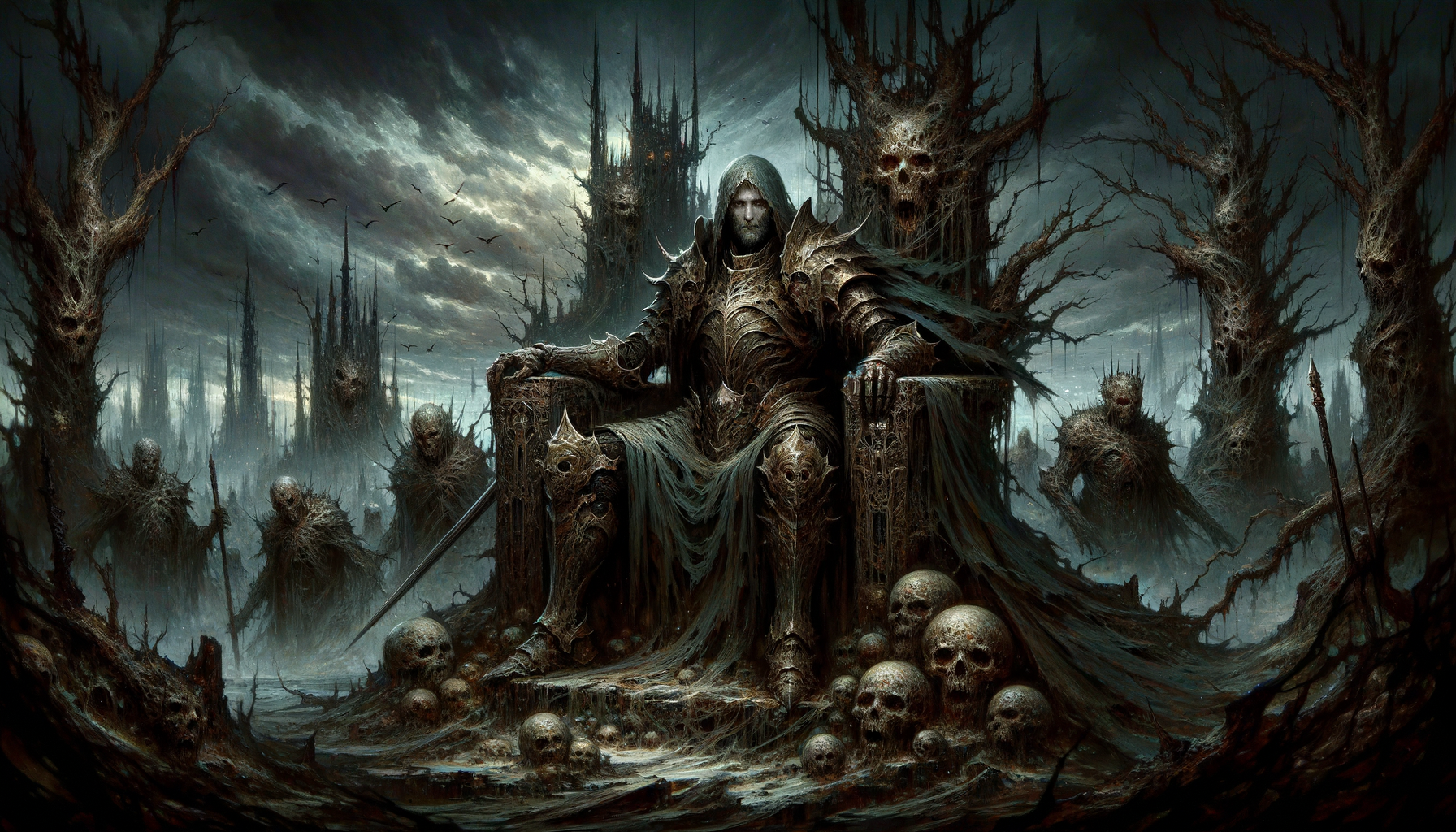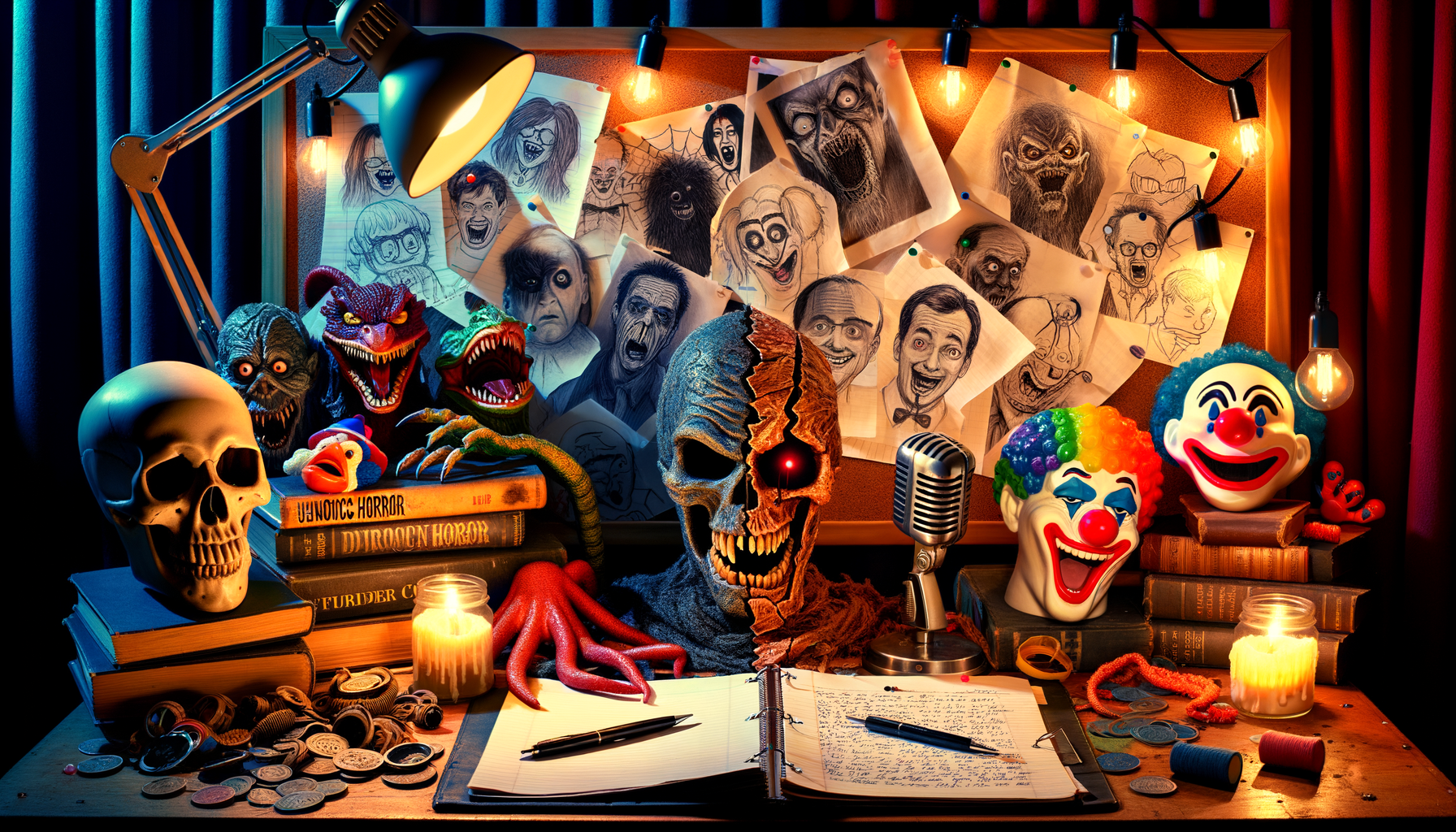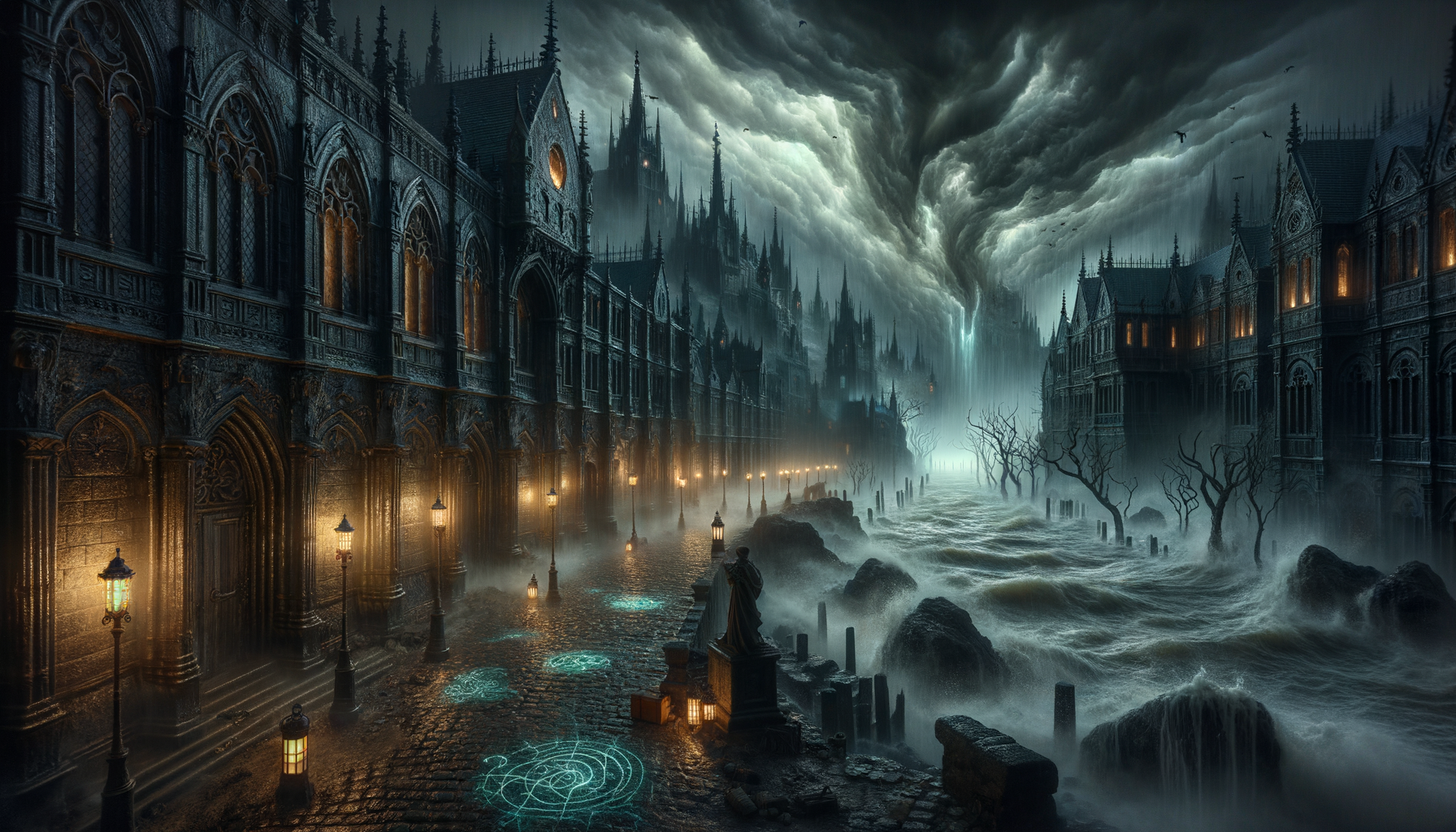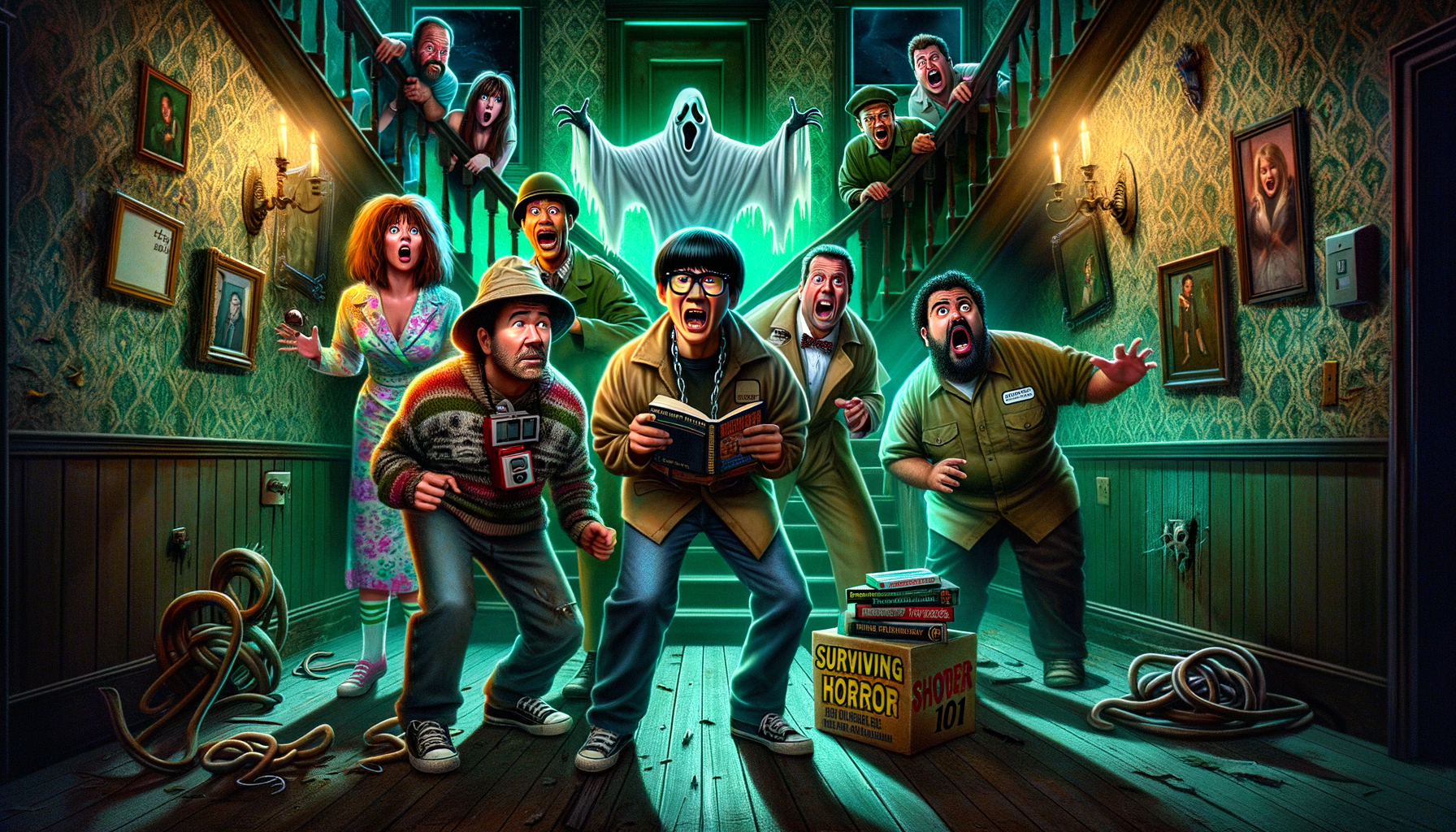Explore the complexities of the Fallen Hero archetype in grimdark fiction! Discover how this character type shapes the genre in our comprehensive 2024 analysis.
Think of a hero you once admired—now imagine their fall from grace, a descent into darkness and moral ambiguity. That’s the essence of the Fallen Hero archetype in grimdark fiction. This intriguing character type adds depth and nuance to grimdark narratives, illustrating the fragility of human virtue. In this article, we’ll delve into what makes the Fallen Hero so compelling. According to a 2023 literary survey, over 65% of grimdark readers are captivated by morally complex characters. Let’s journey through the shadows together and unpack this fascinating archetype!
Understanding the Fallen Hero Archetype
Definition and Characteristics of a Fallen Hero
A Fallen Hero is typically a character who begins their journey with noble intentions and a strong moral compass but eventually succumbs to darker impulses, making significant mistakes or committing grievous acts. These characters often struggle with internal conflicts, moral dilemmas, and external pressures that lead them astray. They are complex figures who embody both the potential for greatness and the susceptibility to corruption.
Historical Evolution of the Archetype
The Fallen Hero archetype has deep roots in literature and mythology. From ancient Greek tragedies like Oedipus Rex to Shakespearean plays such as Macbeth, the concept of a hero’s fall from grace has been a compelling narrative device. Over time, this archetype has evolved, reflecting societal changes and the complexities of human nature. Modern interpretations often explore deeper psychological and existential themes, making the Fallen Hero more relatable to contemporary audiences.
Importance in Storytelling and Character Development
The Fallen Hero is crucial in storytelling because they add layers of depth and realism to the narrative. Their journey from virtue to vice provides a powerful exploration of human flaws and the consequences of one’s choices. This archetype allows writers to delve into themes of redemption, guilt, and the struggle between good and evil, enriching the overall character development and plot.
The Role of Morality in Grimdark Fiction
Definition of Grimdark as a Genre
Grimdark fiction is characterized by its bleak, dystopian settings, morally ambiguous characters, and a pervasive sense of despair. It often subverts traditional fantasy and heroic tropes, presenting a world where hope is scarce, and survival is a constant struggle. The genre thrives on the exploration of human depravity and the complexities of moral choices.
The Portrayal of Moral Ambiguity and Its Appeal
One of the hallmarks of grimdark fiction is its portrayal of moral ambiguity. Characters in these stories often operate in shades of gray, with no clear distinction between right and wrong. This moral complexity appeals to readers who appreciate nuanced storytelling and the exploration of ethical dilemmas. It challenges the notion of absolute morality and reflects the uncertain nature of real-life decisions.
How the Fallen Hero Fits into Grimdark Narratives
The Fallen Hero archetype is a natural fit for grimdark fiction. Their descent into darkness mirrors the genre’s themes of moral ambiguity and the corrupting influence of power. These characters often start with good intentions but are gradually worn down by the harsh realities of their world. Their fall serves as a poignant commentary on the fragility of virtue and the ease with which one can be led astray.
Iconic Fallen Heroes in Grimdark Literature
Case Studies: Notable Fallen Heroes from Popular Grimdark Series
Some of the most compelling examples of Fallen Heroes can be found in popular grimdark series. Characters like Joe Abercrombie’s Logen Ninefingers from “The First Law” series and George R.R. Martin’s Jaime Lannister from “A Song of Ice and Fire” exemplify this archetype. Both characters undergo significant transformations, revealing the complexities of their moral struggles.
Analysis of Their Character Arcs and Downfall
Logen Ninefingers starts as a fearsome warrior with a dark past, seeking redemption. However, his brutal nature often resurfaces, leading to moments of moral conflict and violence. Jaime Lannister, initially introduced as an arrogant knight, experiences a profound transformation after losing his hand. His journey from villainy to a more nuanced character highlights the themes of redemption and the impact of personal loss.
Impact on the Story and Other Characters
The presence of a Fallen Hero significantly impacts the narrative and other characters. Their actions often serve as catalysts for key plot developments and influence the decisions of those around them. The complexity of their character arcs adds depth to the story, making it richer and more engaging for the reader.
Psychological and Emotional Depth
Psychological Motivations Behind a Hero’s Fall
The fall of a hero is often driven by deep-seated psychological motivations. These can include a desire for power, fear, vengeance, or a sense of inadequacy. Understanding these motivations is crucial for creating a believable Fallen Hero. It allows readers to see the human side of the character, making their descent into darkness more relatable and tragic.
Emotional Turmoil Experienced by the Fallen Hero
A Fallen Hero’s journey is fraught with emotional turmoil. They grapple with feelings of guilt, regret, and self-loathing as they confront the consequences of their actions. This inner conflict adds layers of emotional depth to the character, making their story more compelling and poignant.
Reader Empathy and Identification with Flawed Characters
Despite their flaws, Fallen Heroes often evoke empathy from readers. Their struggles and vulnerabilities make them more human, allowing readers to identify with their plight. This emotional connection enhances the reading experience, making the character’s journey more impactful and memorable.
Writing Your Own Fallen Hero in Grimdark Fiction
Tips for Creating a Complex, Believable Fallen Hero
To create a compelling Fallen Hero, start with a well-defined moral compass and noble intentions. Gradually introduce challenges and conflicts that test their resolve. Show their internal struggles and the factors that contribute to their fall. Ensure that their actions and motivations are consistent and believable, allowing readers to understand and empathize with their journey.
Common Pitfalls to Avoid
Avoid making your Fallen Hero’s descent too abrupt or unconvincing. A gradual and well-developed fall is more impactful than a sudden shift in character. Additionally, steer clear of one-dimensional portrayals; ensure your character has depth and complexity. Finally, avoid glorifying their darker actions, as this can undermine the moral ambiguity that defines grimdark fiction.
Balancing Darkness with Redemption or Further Decline
Striking the right balance between darkness and potential redemption is crucial. Decide whether your Fallen Hero will find a path to redemption or continue their descent into darkness. This choice should align with the overall themes and tone of your story. A well-executed balance can add richness and complexity to your narrative.
The Future of the Fallen Hero Archetype in Grimdark
Emerging Trends in Grimdark Fiction
Grimdark fiction continues to evolve, with new trends emerging that push the boundaries of the genre. There is a growing focus on diverse perspectives and more nuanced portrayals of morality. Authors are exploring the intersections of power, identity, and societal structures, adding new dimensions to the genre.
Potential Shifts in How the Archetype is Portrayed
As grimdark fiction evolves, the portrayal of the Fallen Hero archetype may shift. There could be a move towards more redemption arcs or a deeper exploration of the psychological and societal factors that contribute to a hero’s fall. These shifts will reflect changing reader expectations and the ongoing evolution of the genre.
Predictions for 2024 and Beyond
Looking ahead, the Fallen Hero archetype will likely remain a staple of grimdark fiction. However, we can expect more innovative and diverse interpretations. Authors will continue to push the boundaries, exploring new ways to depict the complexities of morality and the human condition. The future of the archetype will be shaped by the genre’s ongoing evolution and the creative visions of its writers.
Conclusion
The Fallen Hero archetype provides rich, layered narratives that resonate deeply with readers. By exploring the dark paths of these once-virtuous characters, we gain insights into the complexities of the human condition. Whether you’re a reader seeking to understand this compelling archetype better or a writer aiming to craft your own unforgettable characters, the Fallen Hero remains an indelible part of grimdark fiction. Ready to dive deeper? Subscribe for more in-depth analyses and updates on the evolving world of grimdark!




